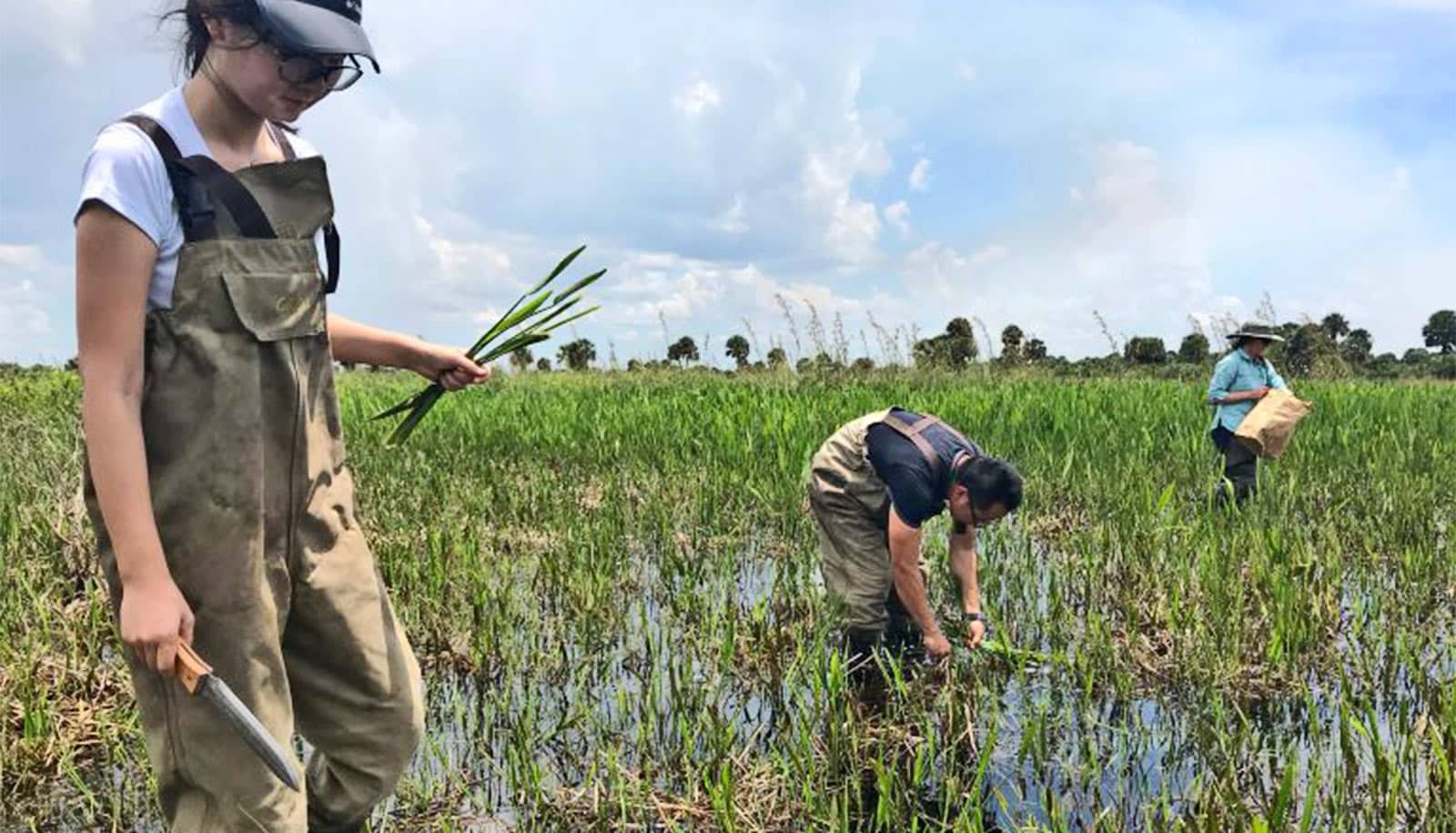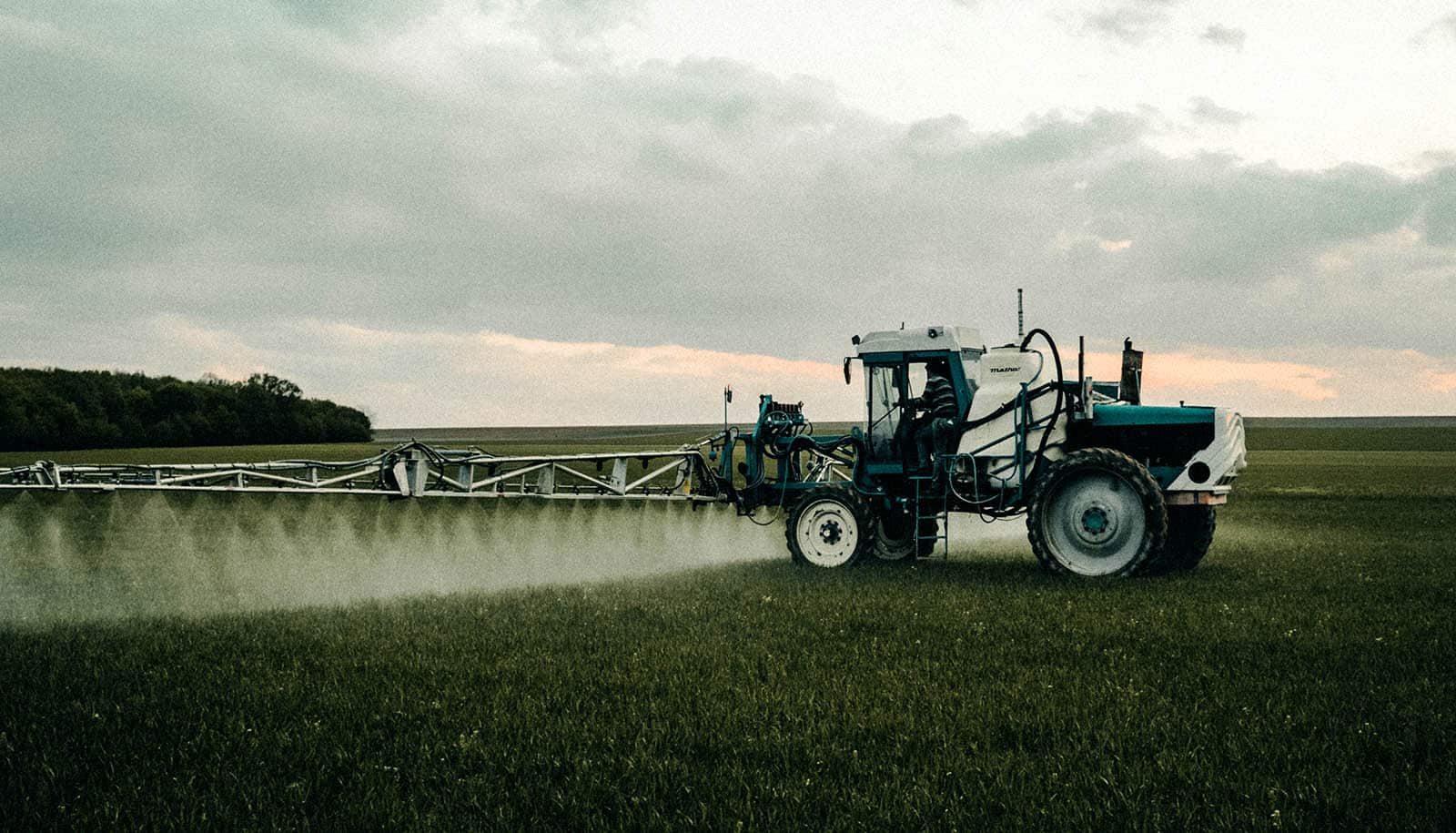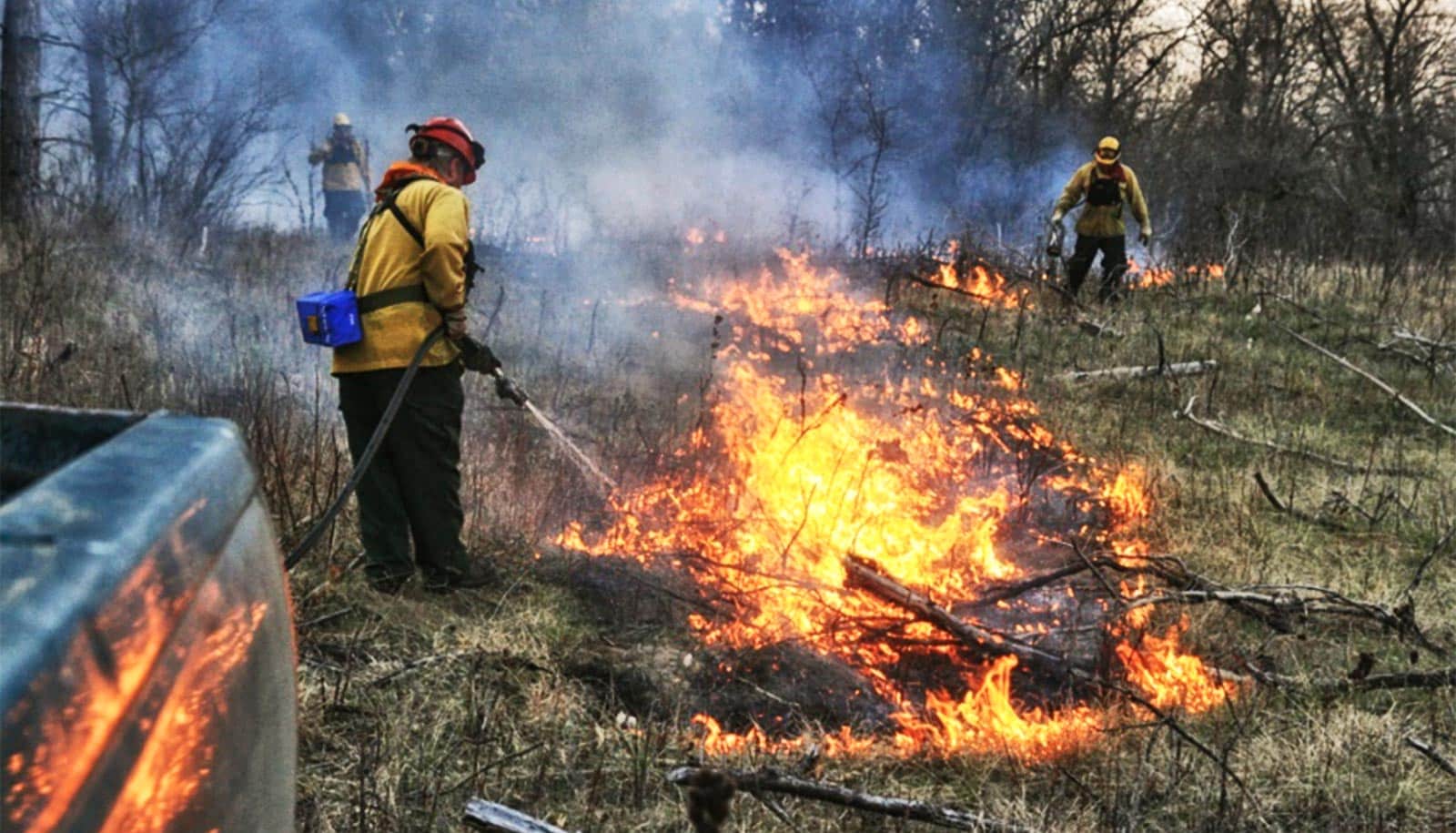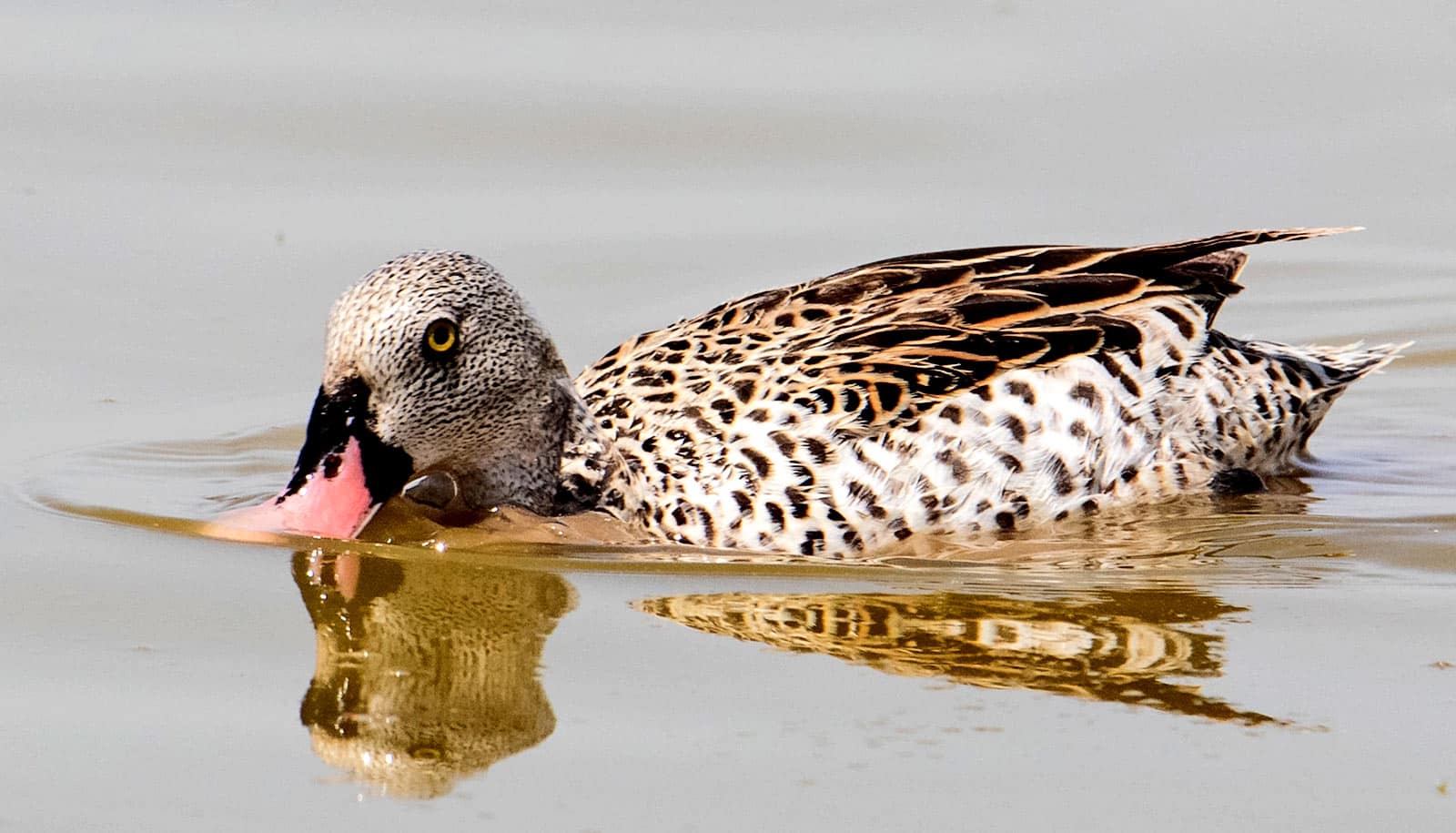A new study offers critical insights to encourage sustainable agriculture and protect Florida grasslands and wetlands.
Florida grasslands and wetlands are wide expanses of land that cover about 25% of the Earth’s surface and 70% of agricultural production. Individually, they offer benefits, also known as ecosystem services, to people and the environment.
Together, they provide provisioning services such as beef and milk production that support global food security. They also perform essential ecosystem services such as carbon storage, soil health, flood abatement, increased biodiversity, and habitat preservation.
However, in some landscapes in Florida, grasslands and wetlands are connected due to their unique topography and hydrology.
It is unclear whether boosting agricultural production—also known as agricultural land intensification—affects wetlands and grasslands simultaneously and in similar manners. Does increased agricultural productivity impact biodiversity, water quality, shoreline stability, stream flows, and other functions these connected wetlands and grasslands perform?
These are some of the questions scientists answered in the new study in the journal Nature Communications.
The study synthesized 17 years of data from the Archbold Biological Station Buck Island Ranch in Central Florida. It sheds light on the direct and spillover effects of agriculture land intensification on multiple ecosystem functions provided by grasslands and wetlands.
“The result is an analysis aimed at understanding the consequences of management practices applied to grasslands while leaving wetlands untouched,” says Jiangxiao Qiu, an associate professor of landscape ecology at the University of Florida’s Institute of Food and Agricultural Sciences (UF/IFAS) Fort Lauderdale Research and Education Center (FLREC) and the study’s senior corresponding author.
“By focusing on grasslands and wetlands altogether, the study’s findings have far-reaching implications for ecosystem management, landscape management, and conservation efforts.”
The researchers hope the findings provide valuable insights for policymakers, land managers, and conservationists in making informed decisions regarding land-use practices.
“Our study provides a comprehensive assessment on typical agricultural land intensification in Florida, offering practical alternatives for achieving a multifunctional agroecosystem in a balanced approach,” says lead author Yuxi Guo, a postdoctoral researcher in Qiu’s lab.
“Findings fill a critical knowledge gap about how surrounding natural wetlands respond to planned agricultural land intensification. The study also represents a holistic assessment of agriculture, both onsite grasslands and surrounding wetlands.”
The researchers took a deep dive into the complex relationship between land-use practices and the ecosystem services provided by grasslands and wetlands. They synthesized long-term datasets from 2003 through 2020 comprising more than 11,000 field measurements and 53 physical, chemical, and biological indicators from 29 grasslands and 24 wetlands.
Some key takeaways include:
- Sustainable agricultural intensification can enhance forage quality and livestock production in both grasslands and wetlands. However, this intensification comes at the cost of water quality regulation, methane mitigation, non-native species invasion resistance, and biodiversity.
- Sustainable agricultural intensification could improve ecosystem service multifunctionality.
- The impacts on grasslands extend to alter or modify the multifunctionality of interconnected wetlands.
- The spatial flows, or movement and interactions, of resources and organisms should be considered when studying land-use intensification effects on the various sets of ecosystems within grasslands and wetlands when designing management practices.
The researchers also highlight considerations for planning sustainable agriculture and land management. These include:
- Emphasize the importance of adopting multifunctionality and landscape perspectives when planning for sustainable agriculture intensification.
- Develop a framework that provides a comprehensive approach to assess the spillover effects of land-use intensification allows for its assessment and spatially cascading effects. This framework can provide a comprehensive understanding of how changes in land use can impact ecosystems at different scales, enabling policymakers and land managers to make informed decisions.
- Understand the variations in tradeoffs and synergies across scales is crucial for effective intensification strategies.
“We’ve highlighted the crucial balance among food production, rural economy, and ecological sustainability and we believe our findings will lead to well-informed decisions and policies, ensuring the protection of our invaluable grasslands and wetlands, while fostering a productive agricultural sector,” says Guo.
“By considering the broader ecological context and interconnections between different land uses, we can achieve sustainable intensification while minimizing negative environmental impacts.”
Additional coauthors are from the University of Florida, the Archbold Biological Station Buck Island Ranch in Lake Placid, the US Department of Agriculture, ARS, the University of Central Florida, the University of Illinois, Texas A&M University, and Cornell University.
Source: University of Florida



